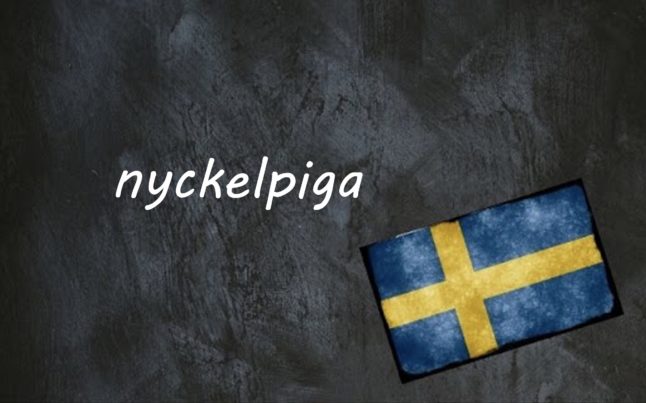A nämndeman is a layman who together with a professional judge passes judgements in court. The noun nämnd is a committee of appointed people, a board, or a jury. The adjective nämnd, which means ‘named’ or ‘mentioned’, is also used in the sense of ‘appointed’. So a nämndeman is an ‘appointed man’. In English, you would call this person a ‘lay judge’.
So, what is a lay judge? Sometimes called a lay assessor, a lay judge is a person assisting a judge in a trial. Not used in all legal jurisdictions, lay judges are appointed (and in the Swedish case politically appointed) and often require some legal instruction. The position is not permanent.
In Sweden, nämndemän serve next to professional judges in district and appellate general and administrative courts, such as tingsrätt, hovrätt, förvaltningsrätt, kammarrätt, though not in the higher courts, such as Högsta domstolen and Högsta förvaltningsdomstolen. In district court trials lay judges always outnumber professional judges, a situation which is reversed in the appellate courts.
It is the municipal assemblies that appoint lay judges to the district courts, whereas county councils appoint them to the appellate and county administrative courts. Nämndemän serve for four years, typically a bit more than a day a month.
Would you like to become a nämndeman?
Then you should know that the position is open to all Swedish citizens over 18 and under 70 years of age, who are law-abiding, not in bankruptcy, and can pass a lämplighetsprövning – a test to see if you are suitable. There are also certain professions that are prohibited from serving, such as judges, court officers, prosecutors, police, attorneys, and other legal professionals.
People working at the following authorities are also prohibited from serving: Skatteverket, Försäkringskassan, Migrationsverket, Transportstyrelsen, and Länsstyrelsen.
An important takeaway here is that you need no legal training to become a nämndeman.
You should also know that nämndemän are usually local politicians working at the assembly from which they were appointed, and they are appointed in proportion to political party representation at the last local elections. So if you want to serve you should approach your local party of choice.
As many of you might imagine, this system of using non-professionals in the legal system is not without its controversies.
In a famous example from 2018, The Local revealed that two lay judges at Solna District Court appointed by the Centre Party had swung a court ruling based on what party leader Annie Lööf described as “Islamist” values, and in doing so acquitted a man of an alleged assault against his wife.
In the year that followed that scandal a member of Annie Lööf’s party motioned to abolish the system, a move many would support. But the system has a long tradition, the use of nämndemän in Sweden goes back about 800 years, and such traditions are not easily changed.
Practice using nämndeman by asking your favourite Swedes what they know about the system and whether they think it is a good system.
Here are some useful questions. Good luck!
Example sentences:
Bettan, vet du hur nämndemannasystemet fungerar?
Bettan, do you know how the nämndeman system works?
Tycker du att det är bra för rättvisan med nämndemän?
Do you think nämndemän are good for justice?.
Villa, Volvo, Vovve: The Local’s Word Guide to Swedish Life, written by The Local’s journalists, is now available to order. Head to lysforlag.com/vvv to read more about it. It is also possible to buy your copy from Amazon US, Amazon UK, Bokus or Adlibris.



 Please whitelist us to continue reading.
Please whitelist us to continue reading.
Member comments